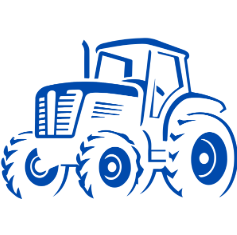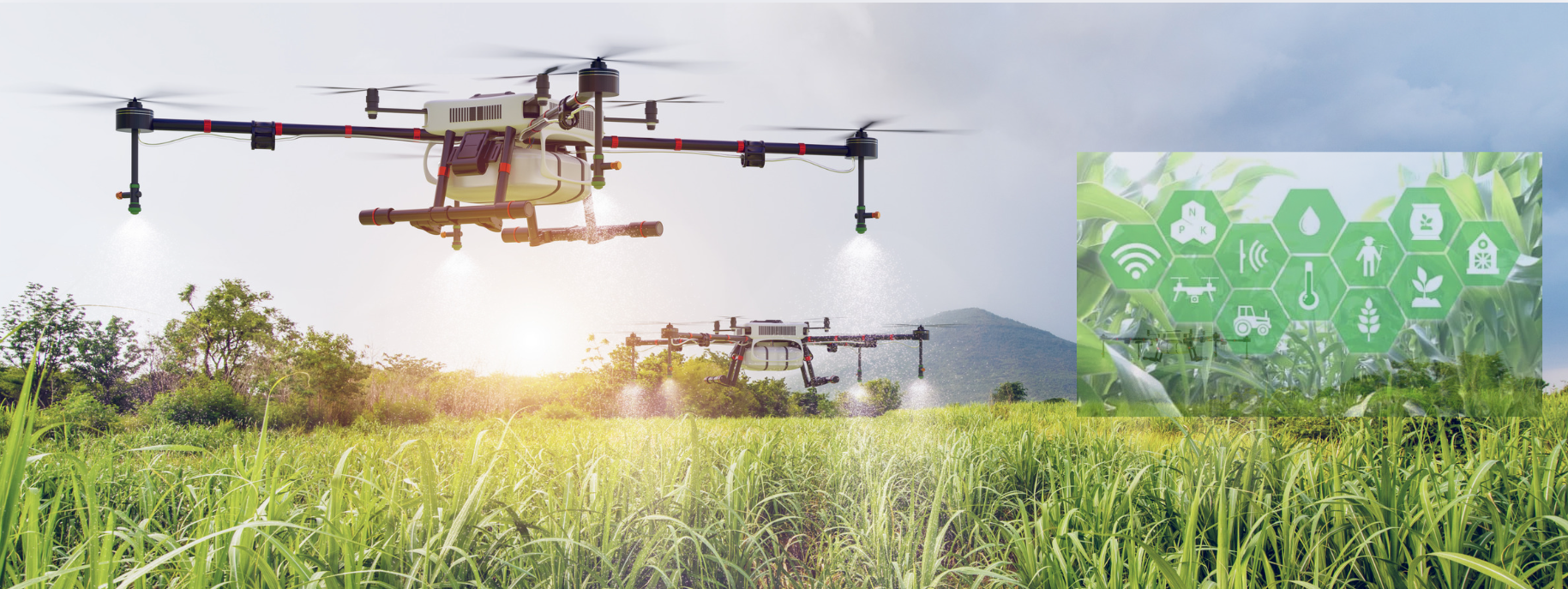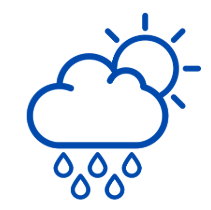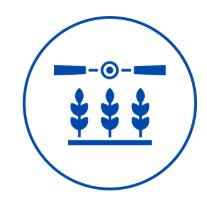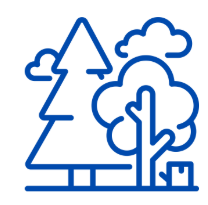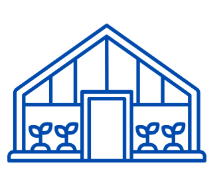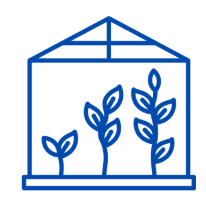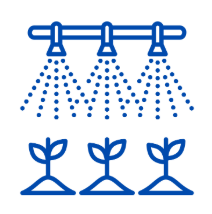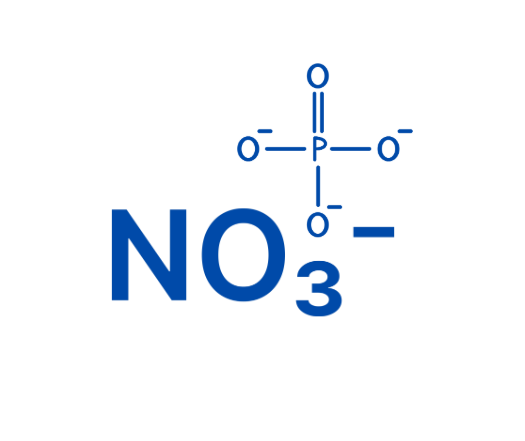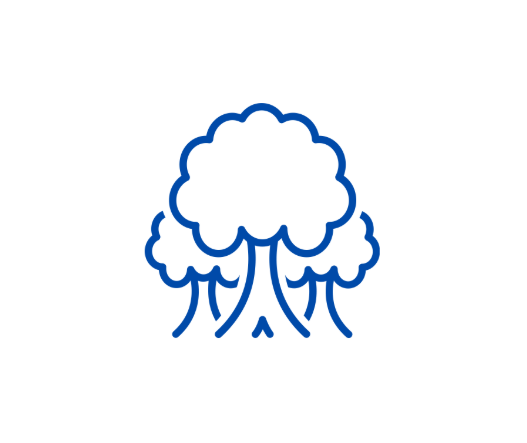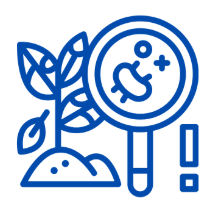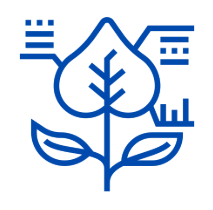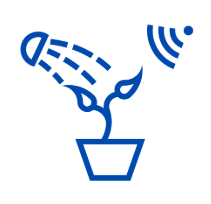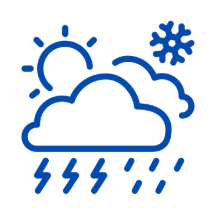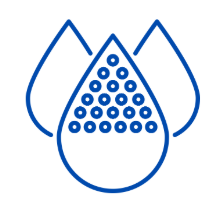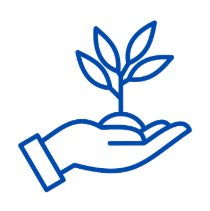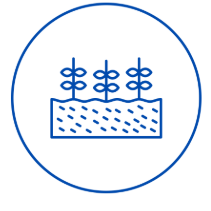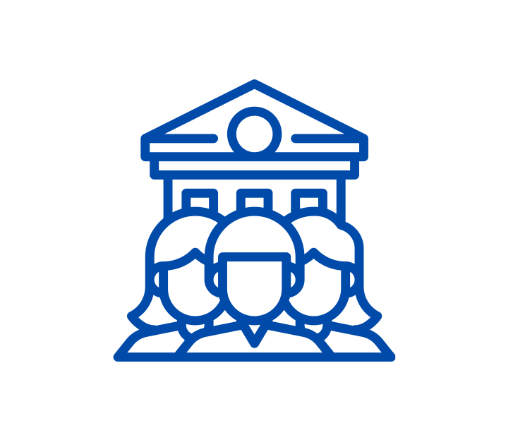Agriculture & Horticulture
Agricultural IoT (Internet of Things) refers to the integration of smart sensors, devices, and technologies within farming operations to monitor and manage various environmental factors and resources. It plays a vital role in precision agriculture, helping farmers optimize crop production, reduce waste, and increase efficiency. Below are some of the key measurements and benefits of using IoT in agriculture, particularly in areas like temperature, irrigation, and overall resource management.
Applications
Key IoT Measurements in Agriculture
> Temperature Monitoring
Air and Soil Temperature: IoT devices can continuously monitor the temperature of both air and soil, which are critical for understanding plant growth and development. Ideal temperature conditions can vary by crop type, and IoT systems help farmers maintain optimal growth environments.Benefits: This data enables farmers to react to temperature fluctuations, such as extreme heat or frost, and take preventative actions (e.g., using irrigation or shade covers).
> Soil Moisture and Irrigation
Soil Moisture Sensors: IoT devices can measure the moisture content in the soil in real-time. This data allows farmers to understand when to irrigate crops and how much water is needed.
Smart Irrigation Systems: IoT-enabled irrigation systems use weather data, soil moisture levels, and real-time sensor data to automate the irrigation process, ensuring that water is used efficiently.
Benefits: Prevents over-irrigation or under-irrigation, saving water, reducing costs, and promoting healthier crop yields. It also ensures crops receive the right amount of water at the right time, improving overall productivity.
> Humidity and Light Levels
Humidity Sensors: These devices measure the moisture level in the air, which can impact the growth of crops, pest activity, and the potential for diseases.
Light Sensors: Light intensity plays a crucial role in photosynthesis and crop growth. IoT sensors can monitor sunlight exposure and help optimize greenhouse operations or control artificial lighting in indoor farms.
Benefits: Accurate humidity and light data helps to manage greenhouse environments better, ensuring optimal plant growth conditions.
> Climate and Weather Data
Weather Stations: IoT-enabled weather stations gather data on precipitation, wind speed, and barometric pressure. This information helps predict weather patterns, which can directly affect farming decisions.
Benefits: This helps farmers anticipate weather changes like rain or storms and prepare accordingly, reducing risks and potential crop damage.
> Crop Health Monitoring
Vibration and Pressure Sensors: These can detect crop diseases, pest infestations, or physical damage early, giving farmers a chance to treat problems before they escalate.
> Nutrient Levels
Soil Nutrient Sensors: These sensors measure the concentration of key nutrients like nitrogen, phosphorus, and potassium in the soil, which are essential for plant health and productivity.
Benefits: By understanding nutrient levels, farmers can apply fertilizers more efficiently, reducing waste and environmental impact.
Benefits of Agricultural IoT
Increased Efficiency:IoT systems automate and optimize farming tasks like irrigation, fertilization, and pest management, reducing manual labor and the need for frequent monitoring.
Water Conservation:IoT-driven smart irrigation ensures that water is used only when necessary and in the correct amounts. This helps conserve water resources and lowers costs for farmers.
Reduced Input Costs:By closely monitoring the conditions of crops, soil, and climate, farmers can make more informed decisions, reducing the unnecessary use of fertilizers, pesticides, and water.
Improved Crop Yields:Real-time data allows farmers to act on critical information quickly, resulting in healthier crops and higher productivity. Monitoring temperature, soil moisture, and weather conditions helps create optimal growing conditions.
Sustainability:IoT applications enable farmers to use resources (water, fertilizers, pesticides) more responsibly and efficiently, contributing to sustainable farming practices and reducing the environmental impact of agriculture.
Data-Driven Decision Making:With access to continuous, real-time data from IoT devices, farmers can make more accurate and timely decisions, improving both short-term operations and long-term planning.
Predictive Analytics and Early Detection:Using predictive analytics based on IoT data, farmers can anticipate future conditions and potential issues (such as pest outbreaks or droughts), helping them take proactive measures.
Remote Monitoring:IoT devices allow for remote monitoring of agricultural operations, enabling farmers to keep track of multiple fields and crops without being physically present. This is particularly useful for large farms or those in remote areas.
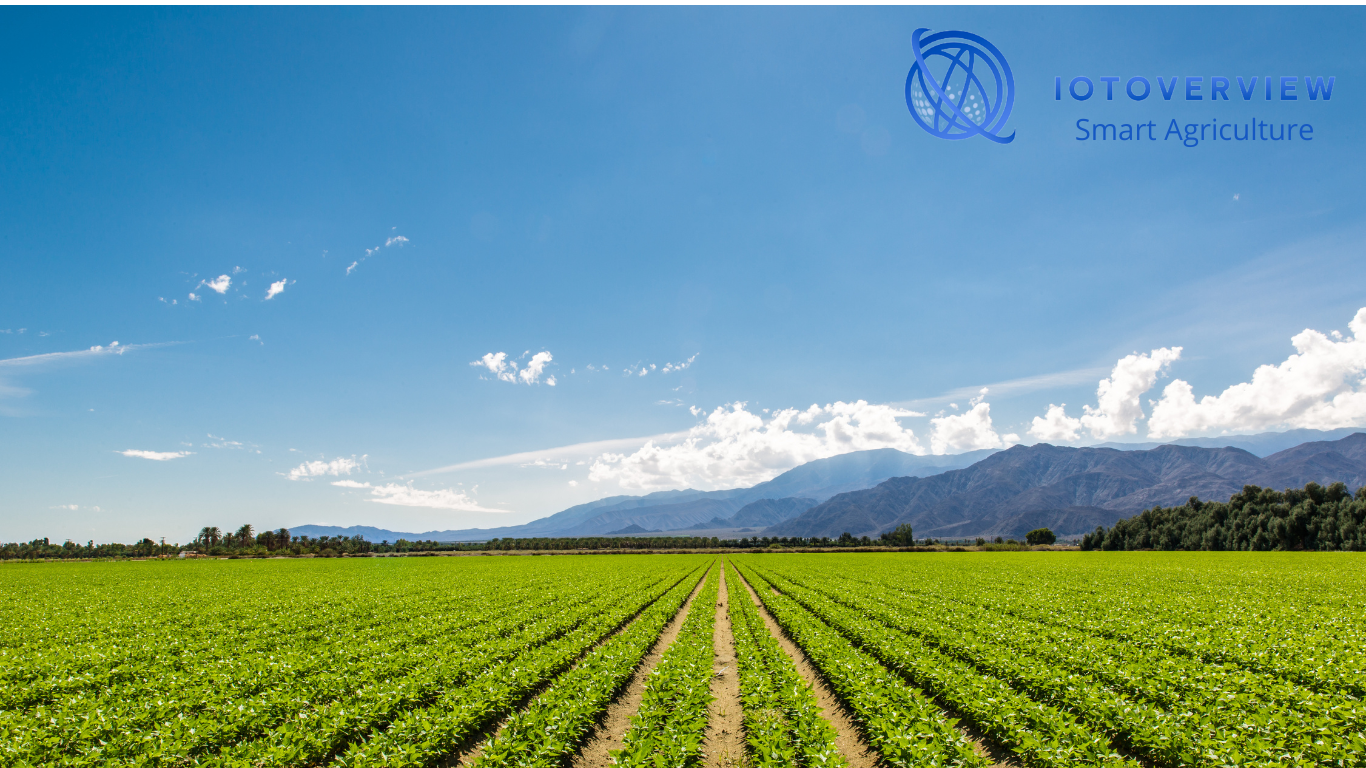
The integration of IoT in agriculture transforms the way farmers manage their fields and resources. By providing accurate, real-time data on factors like temperature, soil moisture, weather conditions, and crop health, IoT enables precision farming that leads to increased efficiency, reduced costs, and better environmental stewardship. As more farms adopt these technologies, the benefits of IoT in agriculture will continue to grow, making farming more sustainable, productive, and adaptive to the challenges of the future.
Sectors
